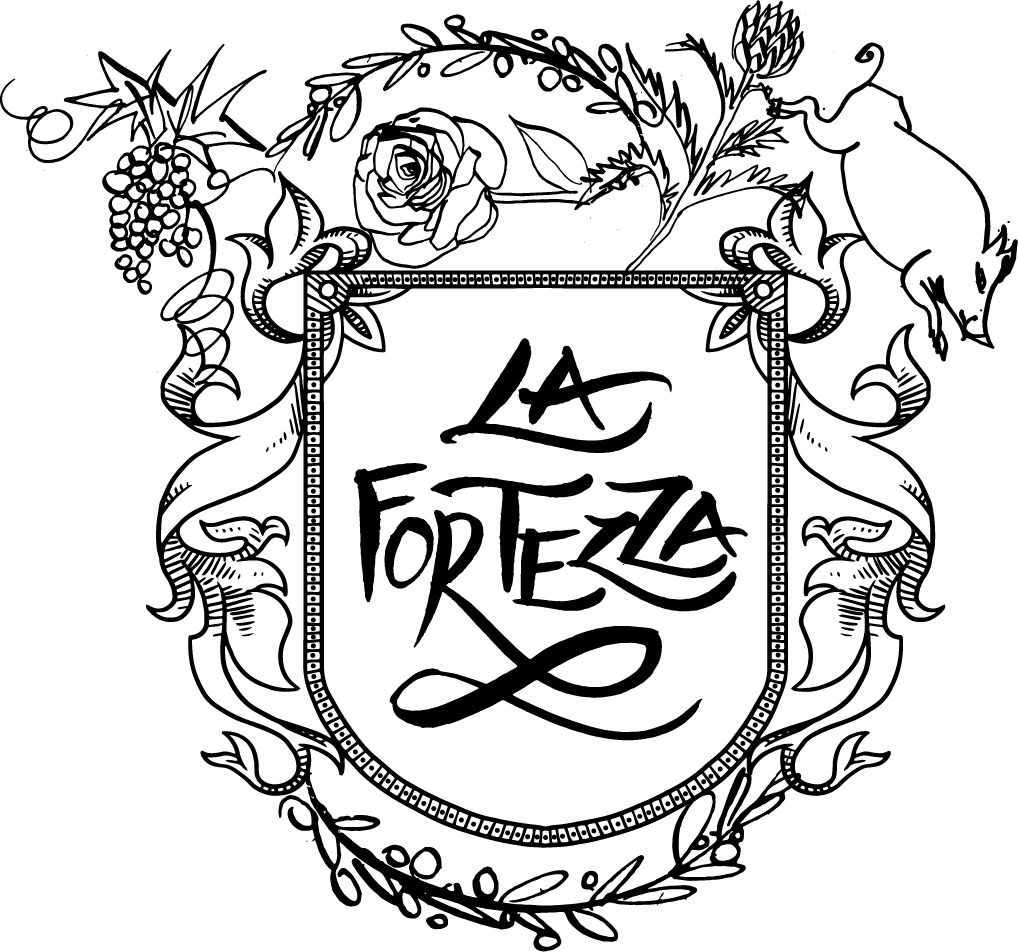Lardo di Colonnata~the perfect pig.
As a foodie living in Liguria, I have the opportunity to learn about the food history of the region. Most Americans associate Italian food with spaghetti and red sauce, or risotto. But in Liguria there is a rich history of farming and the use of vegetables and bread/flour and of course the most famous food stuff , Pesto!
Although Liguria in on the sea, mostly small fish are consumed , like anchovy, and scampi and squid and mussels. The region always the poorest in the history books, cleverly made use of bread, olive oil, foccacia, and vegetables. Known for vegetable tortes. Rustic regional restaurants offer an array of courses featuring fresh, cooked, and stuffed vegetables.
As one moves down the coast south towards Tuscany, products, like salami, parma ham, and lardo start showing up in homes, shops and restaurants.
Lardo being one of my favorites of the 3... Lardo comes from a famous town at the base of the Carrara marble quarries high up on the mountain of marble. Although probably not on the heart friendly diets of most, a small slice on a hot piece of toast, is a piece of buttery heaven and Colonata is the place to sample the best.
Lardo di Colonnata originates from the tiny hamlet of Colonnata situated at 500m above sea level and around 8 km from Carrara on the coast.
The town is at the heart of the famous marble quarries of this corner of north west Tuscany near the Ligurian border and the local lardo kept the workers fed and nourished.
Yet, what was once a rough and ready lunch is now a sought after delicacy and one of Italy's typical product success stories.
So much so that it seems Lardo di Colonnata is produced across Italy to keep up with demand, but the real thing can be identified by 'Lardo di Colonnata IGP' clearly visible on the label.
It is made from the back of the pig and is prepared by first cutting the meat and treating the individual pieces with salt and spices such as cinnamon. They are then immersed in brine and placed inside a vessel excavated from the marble.
So starts a slow process of seasoning in a unique micro-climate at the end of which the meat achieves its distinctive smell and smooth consistency.
Cut into slices at least 5cm wide the lardo can be white or slightly red. To serve, the meat is laid on hot toast.
If it is produced well the whole combination should just melt in the mouth.
|
 |





